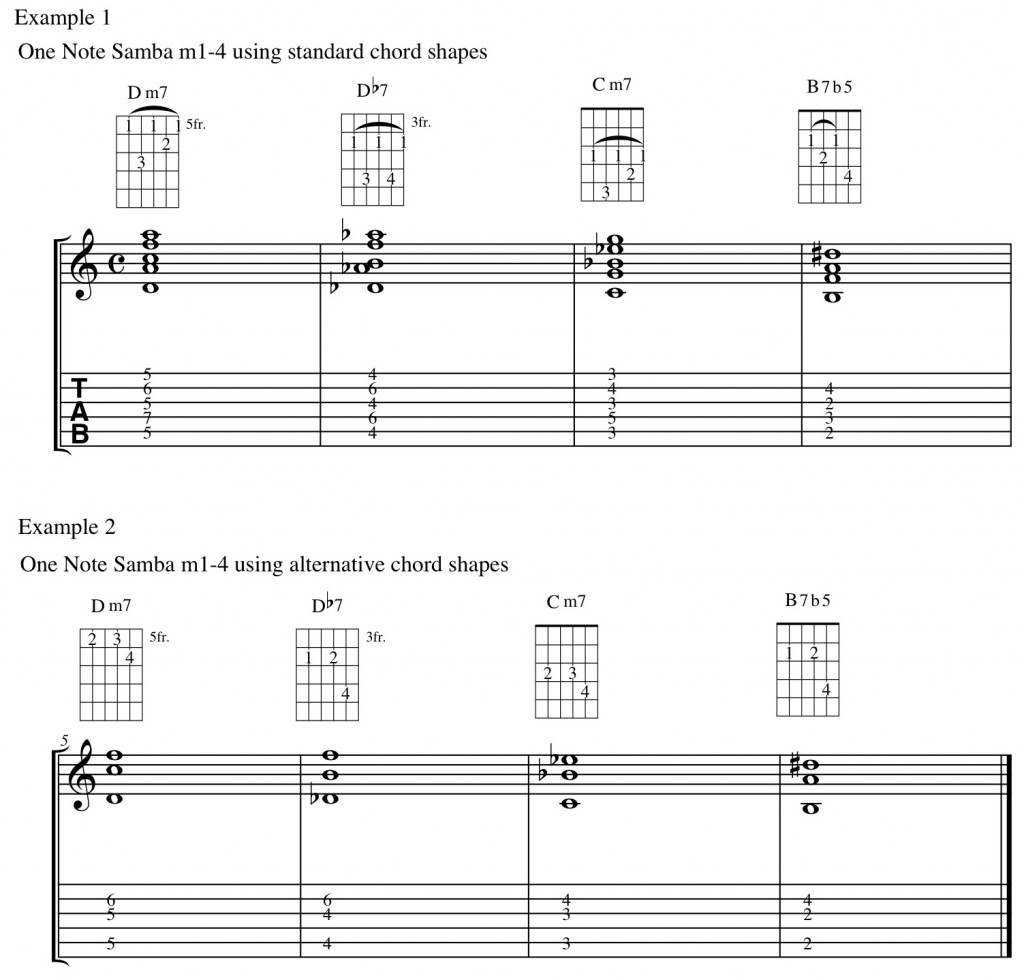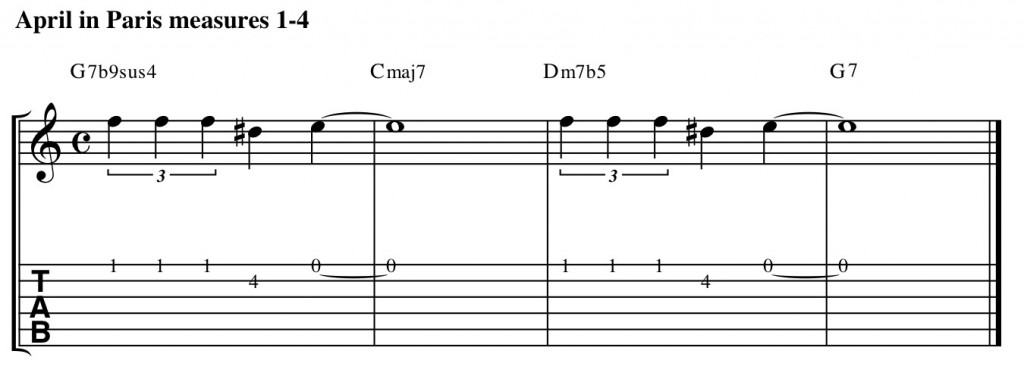CLICK HERE to access EXCLUSIVE CONTENT in my ‘BEYOND TABS’ guitar course
Take a look at the angular shape of the melody of ‘Round Midnight. In my guitar course I cover the topic of intervals and melodic motion in more detail. As an introduction to the concepts, angular shapes like the ones below create a sense of agitation, tension in the music while stepwise motion will tend to create a feeling of calm and resolution. If your interested in reading more about my thought on melody, come and join the my Beyond Tabs guitar course. For some more background on the song and further analysis go to my ‘Round Midnight Guitar Song lesson


